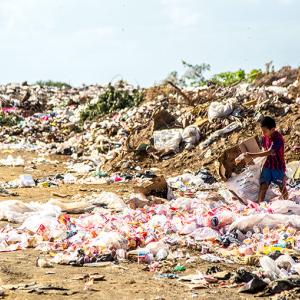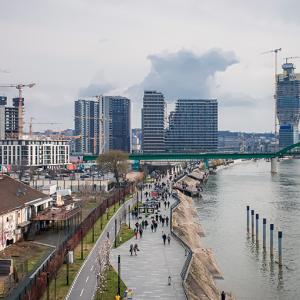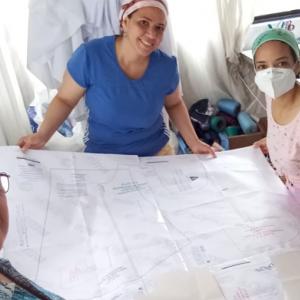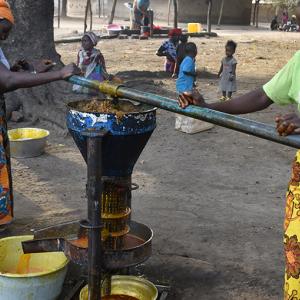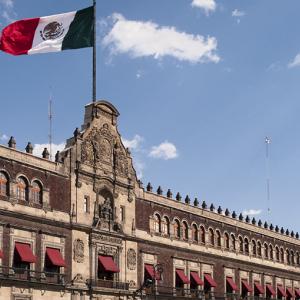Why Collective Intelligence?
Today, the world faces converging crises and rising uncertainty. The COVID-19 pandemic has sent shockwaves around the world. Meanwhile, risks posed by the looming climate and environmental emergency continue to grow. Collective intelligence can help rethink development strategies that need to be more context-specific, participatory, and multisectoral.
When the United Nations High Commissioner for Refugees (UNHCR) set out to develop a predictive model to anticipate the movements of displaced people into border refugee camps, they faced a difficult challenge. Understanding which data might be relevant for a complex issue like migration can be like looking for a needle in a haystack. It turned out that goats were the answer. This answer came not from abstract theory but rather from conversations with refugees.
When Somali refugees prepare to leave the country, they sell their goats. Goats are delicate and struggle to make the long journeys characteristic of forced migration, and so refugees have no choice but to sell them. This simple insight inspired the UNHCR to include market fluctuations of goat prices as a parameter in their model, helping them to better anticipate future refugee crises and allocate humanitarian resources where most needed.
This is one of hundreds of examples of a new mindset in development circles: seeking out intelligence of all kinds, and then making it useful. Many of these examples make full use of advanced technologies. But they also make full use of human experience and insight. This is what we mean by collective intelligence.


